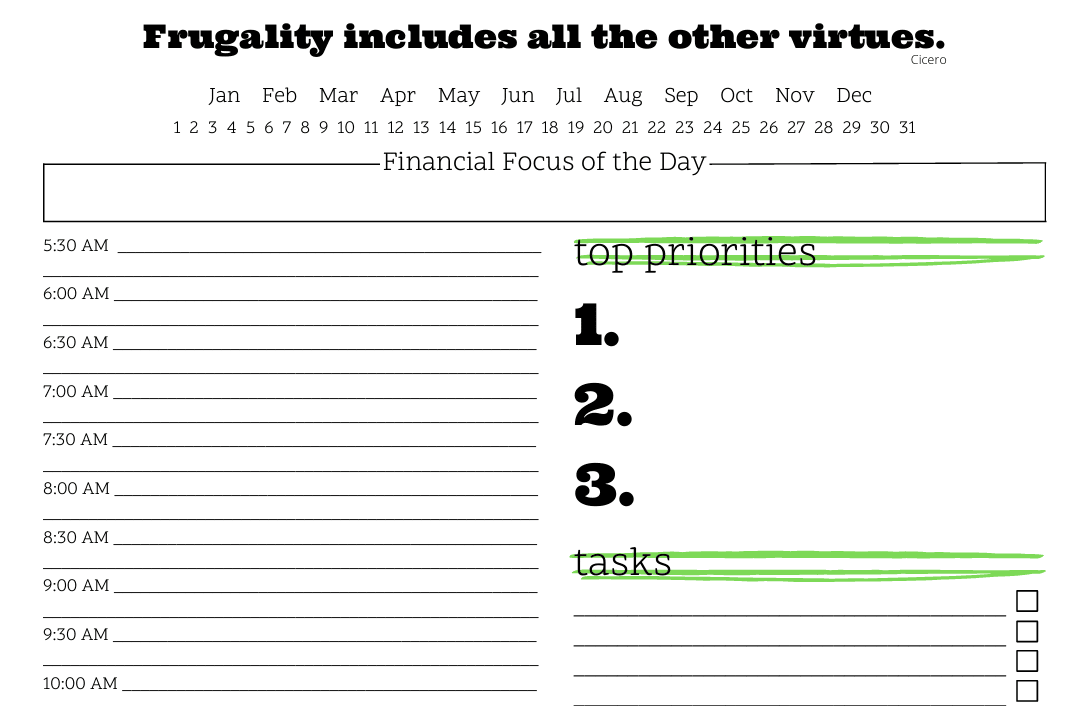This article may contain references to products or services from one or more of our advertisers or partners. We may receive compensation when you click on links to those products or services. Nonetheless, our opinions are our own.
The information presented in this article is accurate to the best of our knowledge at the time of publication. However, information is subject to change, and no guarantees are made about the continued accuracy or completeness of this content after its publication date.
Retirement ushers in a new era of financial planning. Understanding how federal and state taxes apply to these new streams can help ensure that income remains predictable and tax-time surprises are minimized. With careful planning, retirees can maintain stable cash flow, avoid penalties, and keep more of what they’ve earned.
- How Tax Withholding Works After You Stop Working
- Analyzing Income Sources and Their Tax Treatment
- Estimating and Setting a Tax Withholding Rate
- When and Why to Adjust Your Withholding
- Strategies for Tax-Efficient Withdrawals
- Tools for Monitoring and Managing Your Withholding
- The Value of Working with a Tax Professional
- Frequently Asked Questions
- Recommended Reads
How Tax Withholding Works After You Stop Working
Once full-time employment ends, income often shifts to sources such as pensions, Social Security, IRAs, 401(k)s, annuities, and possibly part-time work. Each of these income types may be taxed differently, and they are not always subject to automatic withholding. Without the structure of employer-managed tax withholding, retirees are responsible for estimating and paying the right amount throughout the year. Failing to withhold enough may result in unexpected tax bills and penalties; over-withholding may unnecessarily reduce monthly cash flow. Some income can be tax-free, while others may be taxed at marginal rates.
Analyzing Income Sources and Their Tax Treatment
Retirement income is rarely drawn from a single source. Below are common income types and how each is typically treated by the IRS:
Tax Implications by Source
| Income Source | Tax Treatment |
|---|---|
| Social Security | Up to 88% may be taxable, depending on total income (The White House, 2025) |
| Traditional IRA/401(k) | Fully taxable as ordinary income |
| Roth IRA | Generally tax-free if requirements are met |
| Pensions | Fully taxable in most cases |
| Investment Income | Capital gains and dividends may receive favorable rates |
| Part-Time Work | Taxed as ordinary earned income |
When multiple income sources combine, they can unintentionally elevate your total taxable income. This may increase the percentage of your Social Security that becomes taxable or push other income into a higher bracket.
Estimating and Setting a Tax Withholding Rate
Taxes in retirement aren’t calculated the same way for everyone. Estimating the right withholding amount depends on several variables:
Steps to Estimate Your Withholding
- Tally all projected income: Social Security, pension payments, investment income, and retirement account withdrawals.
- Identify any applicable deductions: This could include the higher standard deduction for seniors, medical expense deductions, or property tax relief in some states.
- Determine your expected federal tax bracket based on total income.
- Account for any state tax obligations, which vary widely.
Sample Withholding Guidance by Income Level
| Estimated Annual Income | Suggested Withholding Rate |
|---|---|
| Under $15,000 | Often not required |
| $15,000–$50,000 | Around 10% |
| $50,000–$100,000 | Roughly 15% |
| Over $100,000 | Typically 20% |
This table offers general benchmarks, but tax advisors or calculators can provide more precision.
Voted "Best Overall Budgeting App" by Forbes and WSJ
Monarch Money helps you budget, track spending, set goals, and plan your financial future—all in one app.
Get 50% OFF your first year with code MONARCHVIP
When and Why to Adjust Your Withholding

Life in retirement isn’t static. Income levels, tax laws, and personal circumstances can shift over time. Re-evaluating your withholding annually or after notable financial changes helps avoid penalties or unanticipated balances owed at tax time.
Events That May Trigger a Review
- A large one-time withdrawal (e.g., home purchase, medical cost)
- Beginning or delaying Social Security benefits
- Taking on part-time work or consulting
- Changes in filing status (marriage, divorce, widowhood)
- New deductions such as caregiving expenses or long-term care costs
Many retirement income sources allow for updated tax withholding forms. For pensions and retirement plans, IRS Form W-4P allows recipients to customize how much is withheld. Similarly, Social Security recipients can submit Form W-4V to initiate withholding if desired.
Strategies for Tax-Efficient Withdrawals
A thoughtful withdrawal strategy can help preserve assets and reduce unnecessary taxation.
Withdrawal Sequencing
- Draw from taxable investment accounts before tapping tax-deferred accounts, if possible.
- Delay withdrawals from traditional IRAs or 401(k)s until required minimum distributions (RMDs) begin, unless your tax rate is currently low.
- Consider Roth conversions during low-income years to lock in favorable tax rates.
Income Clustering and Spreading
Avoiding large withdrawals in a single tax year can help prevent bracket creep. Spreading distributions over several years may reduce both marginal tax rates and the amount of Social Security that becomes taxable.
Tools for Monitoring and Managing Your Withholding
Several tools are available to help retirees keep their withholding aligned with actual liabilities.
- Use IRS withholding worksheets or calculators tailored for retirees.
- Track income monthly, particularly if it comes from variable sources like dividends or consulting.
- Keep updated copies of forms submitted to payers, such as W-4P and W-4V.
- Maintain records of estimated payments if withholding is insufficient.
The Value of Working with a Tax Professional
While many retirement tax scenarios can be managed independently, professional guidance often leads to better outcomes. A tax advisor can:
- Review and project annual tax liabilities across all income streams
- Recommend optimal withholding levels
- Identify missed deductions or credits
- Advise on year-end moves like charitable giving or Roth conversions
Because tax policy can shift, working with a specialist brings stability to an otherwise complex equation.
Frequently Asked Questions
Is withholding mandatory on retirement income?
No. Many retirement income sources, such as IRA withdrawals or pension payments, allow recipients to elect whether or not to withhold taxes. However, failure to withhold or make estimated payments may result in penalties.
They may be taxed up to 85%, depending on your combined income, which includes half of your Social Security benefits plus all other income. If combined income exceeds certain thresholds, a portion of your benefits becomes taxable.
What if I have too much withheld?
Any excess withholding is refunded when you file your annual tax return. While over-withholding avoids penalties, it also means less monthly income throughout the year.
Can I avoid withholding and just make estimated payments?
Yes. Some retirees prefer to manage their tax obligations through quarterly estimated payments rather than withholding. This may be preferable for those with fluctuating income.
How often should I review my withholding strategy?
At least annually, or any time a significant financial or personal change occurs.

Reviewed and edited by Albert Fang.
See a typo or want to suggest an edit/revision to the content? Use the contact us form to provide feedback.
At FangWallet, we value editorial integrity and open collaboration in curating quality content for readers to enjoy. Much appreciated for the assist.
Did you like our article and find it insightful? We encourage sharing the article link with family and friends to benefit as well - better yet, sharing on social media. Thank you for the support! 🍉
Article Title: How to Manage Your Tax Withholding in Retirement
https://fangwallet.com/2025/10/14/how-to-manage-your-tax-withholding-in-retirement/The FangWallet Promise
FangWallet is an editorially independent resource - founded on breaking down challenging financial concepts for anyone to understand since 2014. While we adhere to editorial integrity, note that this post may contain references to products from our partners.
The FangWallet promise is always to have your best interest in mind and be transparent and honest about the financial picture.
Become an Insider

Subscribe to get a free daily budget planner printable to help get your money on track!
Make passive money the right way. No spam.
Editorial Disclaimer: The editorial content on this page is not provided by any of the companies mentioned. The opinions expressed here are the author's alone.
The content of this website is for informational purposes only and does not represent investment advice, or an offer or solicitation to buy or sell any security, investment, or product. Investors are encouraged to do their own due diligence, and, if necessary, consult professional advising before making any investment decisions. Investing involves a high degree of risk, and financial losses may occur including the potential loss of principal.
Source Citation References:
+ Inspo
The White House. (2025, July 1). No Tax on Social Security is a Reality in the One Big Beautiful Bill. https://www.whitehouse.gov/articles/2025/07/no-tax-on-social-security-is-a-reality-in-the-one-big-beautiful-bill/











































